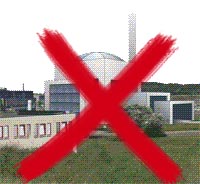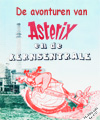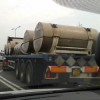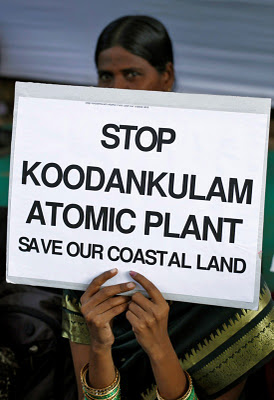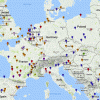 Today, the Laka-foundation released a list with reports from almost 1,000 incidents and (near) accidents with nuclear power plants and other nuclear facilities. Since 1990 the International Atomic Energy Agency IAEA has gathered these reports. The full list of reports gives neighbors, NGO’s and journalists a better insight into how often and how grave there have been serious mishaps at nuclear facilities around the world.
Today, the Laka-foundation released a list with reports from almost 1,000 incidents and (near) accidents with nuclear power plants and other nuclear facilities. Since 1990 the International Atomic Energy Agency IAEA has gathered these reports. The full list of reports gives neighbors, NGO’s and journalists a better insight into how often and how grave there have been serious mishaps at nuclear facilities around the world.
Accidents and technical and human errors are reported by national nuclear regulatory agencies to the International Atomic Energy Agency IAEA. The IAEA collects the incident reports in order to warn other nuclear operators for possible routes of failure. The IAEA’s aim is that by doing so, similar accidents at nuclear power plants, reprocessing plants, fuel enrichment plants, nuclear laboratories, irradiation facilities and with radioactive transports, can be prevented. Continue reading

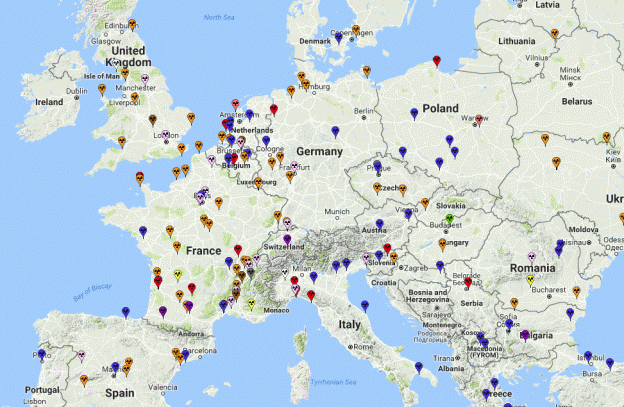
 As you might know, nuclear rectors are also being used in the production chain of isotopes. In the Netherlands, there is currently a plan to build a new research reactor, Pallas, as the successor of the EC-owned High Flux Reactor in Petten. We see there is a strong tie between the community operating a reactor for isotope production, and continuing R&D on nuclear power in general. Also isotope-production with particle accelerators has a few essential advantages, notable less or no long lived waste, no need for fission products and a decentralization of production.
As you might know, nuclear rectors are also being used in the production chain of isotopes. In the Netherlands, there is currently a plan to build a new research reactor, Pallas, as the successor of the EC-owned High Flux Reactor in Petten. We see there is a strong tie between the community operating a reactor for isotope production, and continuing R&D on nuclear power in general. Also isotope-production with particle accelerators has a few essential advantages, notable less or no long lived waste, no need for fission products and a decentralization of production.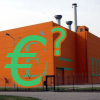 In 2011 the Dutch government granted life time extension to Borssele, the only Dutch nuclear power plant. Where it was initially supposed to be closed in 2003, the closure was postponed till 2013 and its now set to 2034. Therefore, the plant will be kept on-line
In 2011 the Dutch government granted life time extension to Borssele, the only Dutch nuclear power plant. Where it was initially supposed to be closed in 2003, the closure was postponed till 2013 and its now set to 2034. Therefore, the plant will be kept on-line